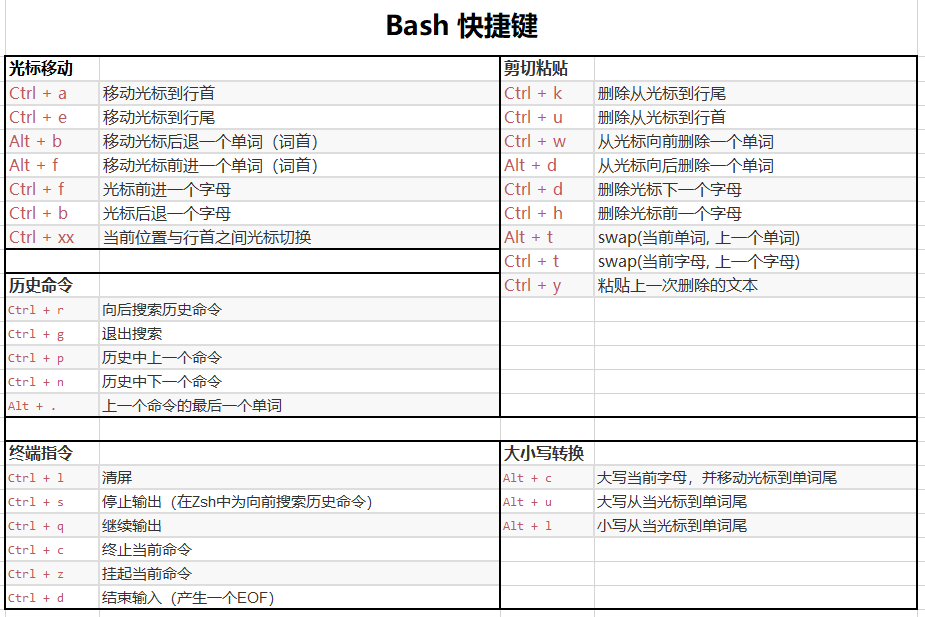1
2
3
4
5
6
7
8
9
10
11
12
13
14
15
16
17
18
19
20
21
22
23
24
25
26
27
28
29
30
31
32
33
34
35
36
37
38
39
40
41
42
43
44
|
mytest: (g=0): rw=write, bs=(R) 2300B-2300B, (W) 2300B-2300B, (T) 2300B-2300B, ioengine=sync, iodepth=1
fio-3.7
Starting 1 process
mytest: Laying out IO file (1 file / 22MiB)
Jobs: 1 (f=1): [W(1)][100.0%][r=0KiB/s,w=85KiB/s][r=0,w=38 IOPS][eta 00m:00s]
mytest: (groupid=0, jobs=1): err= 0: pid=23832: Thu May 28 10:04:19 2020
write: IOPS=36, BW=81.9KiB/s (83.9kB/s)(21.0MiB/274912msec)
clat (usec): min=11, max=12185, avg=33.60, stdev=182.66
lat (usec): min=12, max=12187, avg=36.18, stdev=182.68
clat percentiles (usec):
| 1.00th=[ 17], 5.00th=[ 21], 10.00th=[ 22], 20.00th=[ 23],
| 30.00th=[ 24], 40.00th=[ 27], 50.00th=[ 30], 60.00th=[ 31],
| 70.00th=[ 32], 80.00th=[ 35], 90.00th=[ 42], 95.00th=[ 51],
| 99.00th=[ 69], 99.50th=[ 80], 99.90th=[ 125], 99.95th=[ 775],
| 99.99th=[11207]
bw ( KiB/s): min= 4, max= 166, per=100.00%, avg=81.37, stdev=39.59, samples=549
iops : min= 2, max= 74, avg=36.43, stdev=17.59, samples=549
lat (usec) : 20=5.02%, 50=89.91%, 100=4.93%, 250=0.07%, 500=0.01%
lat (usec) : 750=0.01%, 1000=0.03%
lat (msec) : 10=0.01%, 20=0.02%
fsync/fdatasync/sync_file_range:
sync (msec): min=2, max=464, avg=27.36, stdev=31.73
sync percentiles (msec):
| 1.00th=[ 3], 5.00th=[ 5], 10.00th=[ 6], 20.00th=[ 8],
| 30.00th=[ 11], 40.00th=[ 19], 50.00th=[ 22], 60.00th=[ 24],
| 70.00th=[ 26], 80.00th=[ 34], 90.00th=[ 57], 95.00th=[ 84],
| 99.00th=[ 159], 99.50th=[ 220], 99.90th=[ 313], 99.95th=[ 330],
| 99.99th=[ 414]
cpu : usr=0.10%, sys=0.40%, ctx=24233, majf=0, minf=13
IO depths : 1=200.0%, 2=0.0%, 4=0.0%, 8=0.0%, 16=0.0%, 32=0.0%, >=64=0.0%
submit : 0=0.0%, 4=100.0%, 8=0.0%, 16=0.0%, 32=0.0%, 64=0.0%, >=64=0.0%
complete : 0=0.0%, 4=100.0%, 8=0.0%, 16=0.0%, 32=0.0%, 64=0.0%, >=64=0.0%
issued rwts: total=0,10029,0,0 short=10029,0,0,0 dropped=0,0,0,0
latency : target=0, window=0, percentile=100.00%, depth=1
Run status group 0 (all jobs):
WRITE: bw=81.9KiB/s (83.9kB/s), 81.9KiB/s-81.9KiB/s (83.9kB/s-83.9kB/s), io=21.0MiB (23.1MB), run=274912-274912msec
Disk stats (read/write):
vda: ios=0/26445, merge=0/12218, ticks=0/359055, in_queue=343720, util=9.48%
|

